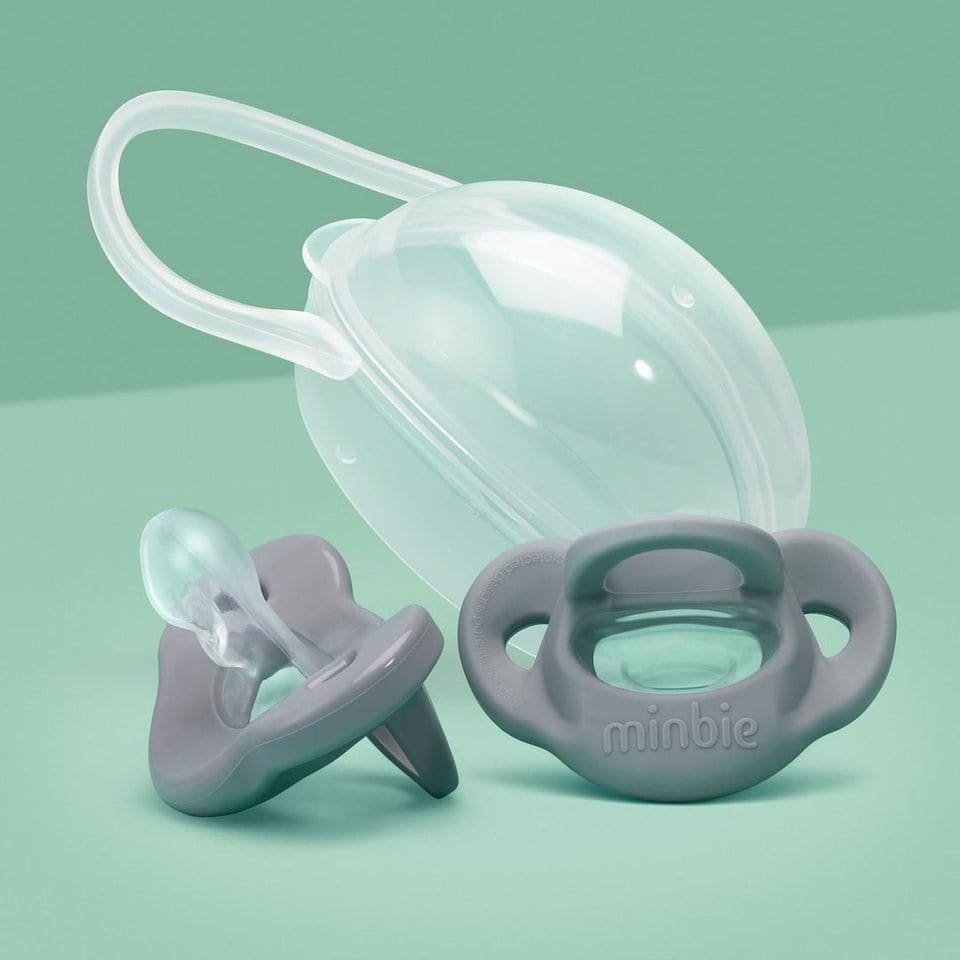In an ever-competitive market, quality product design is no longer a luxury—it's a necessity. As you navigate the intricate landscape of product manufacturing and supply, understanding product design's vital role is paramount. Not only does it shape the visual appeal of your product, but it also has a significant impact on its functionality, usability, sustainability, and marketability.
The product design process is a critical element in the manufacturing cycle, breathing life into your concept and transforming it into a tangible product that meets the needs and desires of your target market. Moreover, in the realm of product supply, the design of your product can greatly influence logistics and distribution.
A well-thought-out design can minimise packaging requirements, optimise shipping and storage, and ultimately, contribute to a more efficient and cost-effective supply chain. To make sure your product is successful, here are six key characteristics of outstanding product design:

1. Functionality
While this may seem obvious, the first key characteristic to consider is functionality. After all, a product must effectively perform its intended purpose. The functionality of your product is what fulfils your customers' needs and directly influences their satisfaction.
Your product's functionality isn't just about what it does—it's also about how well it does it. A well-designed product delivers its functions effectively and efficiently, adding value to the user's experience and setting it apart from the competition.
2. Aesthetics
In an age where first impressions can make or break a deal, the aesthetic appeal of your product is powerful. It's what captures the attention of your potential customers and spurs them to learn more about what your product offers.
Aesthetics is more than just about making your product look good. It's about creating an emotional connection with your customers. An aesthetically pleasing product can evoke desire, satisfaction, and pride, enhancing user experience and fostering brand loyalty.
3. Usability
Usability is a crucial element of product design that directly influences the customer experience. It's about making your product intuitive, user-friendly, and easy to use.
Usability is often a determining factor in a customer's decision to purchase or pass up a product. A product that is difficult to use or understand can lead to frustration and dissatisfaction, and ultimately, a loss of potential sales.
A good measure of usability is how quickly and easily a new user can learn to use your product without assistance. If a product is easy to understand and use, it increases the chances of repeat purchases and referrals, contributing to the success of your business.
4. Sustainability
In a world increasingly conscious of its environmental footprint, incorporating sustainability into your product design is more important than ever. It's about creating products that not only meet the needs of the present but also consider the needs of future generations.
Sustainable product design considers the entire lifecycle of a product, from the sourcing of materials to the manufacturing process, usage, and eventual disposal. It aims to minimise environmental impact by reducing waste, energy consumption, and emissions.
Moreover, sustainability in product design isn't just good for the environment—it's good for business. Consumers are increasingly choosing products that align with their values, and a commitment to sustainability can set your brand apart, enhancing your reputation and marketability.
5. Financial Viability
A design that not only looks great and works well—but is economical to manufacture—makes a truly great product. Functionality, aesthetics and usability are just as important as the financial viability of your product. That’s why value analysis—a systematic approach to enhancing a product's value by evaluating its functions and features against cost—is a key characteristic of great design.
With a thorough understanding of customer needs, market research on competing price points and volume (how many units you can sell versus the amount of money you will make), VA involves breaking down the product into functions, assessing their costs, and determining their relative importance. The identification of cost-effective strategies, such as using efficient materials and streamlining manufacturing processes, are also key aspects.
By prioritising essential functions and optimising costs, VA contributes to increased efficiency in design and manufacturing. The resulting products, offering a balance between quality, functionality, and cost-effectiveness, are more competitive in the market, thus enhancing overall marketability and profitability.
6. Marketability
Marketability is the characteristic that ensures your product resonates with your target market. It combines all the previous characteristics—functionality, aesthetics, usability, sustainability and financial viability—to create a product that your customers want, are willing to purchase and profitable.
Creating a marketable product requires a thorough understanding of your target audience, and their needs, desires, and preferences. It involves designing a product that not only meets their needs but also appeals to their emotions, creating a strong desire for your product.
Remember, a product that can't sell is a failed product, no matter how functional, beautiful, or sustainable it might be. Marketability is the characteristic that guarantees your product's commercial success.

How to Integrate These Characteristics in Product Design
Integrating these key characteristics into your product design process requires a clear understanding of your product's purpose, a deep insight into your target market, and a commitment to continuous improvement.
✔ Begin by defining your product's functionality. What is its primary purpose? How can it fulfil that purpose effectively and efficiently?
✔ Once you've defined the functionality, enhance it with aesthetics that resonate with your target audience, creating an emotional connection that spurs desire and loyalty.
✔ Ensure that your product is user-friendly and intuitive, enhancing the overall user experience.
✔ Incorporate sustainability into your design process, considering the environmental impacts throughout your product's lifecycle.
✔ Finally, ensure that your product is marketable, and appealing to the needs and desires of your target audience.
How Product Design Effects Manufacturing and Supply
The importance of product design extends far beyond creating a physical product. It plays a crucial role in product manufacturing and supply, influencing the efficiency of production processes, logistics, and distribution.
A well-designed product can simplify manufacturing processes, reduce production costs, and improve product quality. It can optimise packaging and shipping requirements, contributing to a more efficient and cost-effective supply chain.
Moreover, effective product design can enhance the perceived value of your product, improving its marketability and increasing sales potential. It is a powerful tool that can drive business success, making it a crucial aspect of your product manufacturing and supply strategy.
Case Studies
Here are a few of HonePD’s products that perfectly demonstrate each of the six key characteristics of outstanding product design:

Stay Tray, Australia's only reusable drink tray

Baby Bum Shower, a transportable nappy change bottle to reduce waste

Koala Dummy, a thoughtfully designed anti-reflux baby soother
Conclusion
In this rapidly changing landscape, staying ahead of the curve will require a commitment to continuous learning and adaptation. Embracing these key characteristics of outstanding product design will ensure that your products remain relevant, desirable, and successful in the market.
Remember, good design stands out. It differentiates your product, adds value to the user experience, and drives business success. Make product design a priority in your product manufacturing and supply strategy, and watch your business flourish.
Get in touch with us today to kick-start your new product design!